Mattress Help
March 2020Buying a new mattress - 7 things you need to know
Buying a new mattress is not a frequent purchase by any means. Most people will keep their mattress between 7-10 years and when it comes to buying a new one, you’ve been so used to your old mattress you probably don’t know where to start! This guide will help get you up to speed to you can make the best mattress purchase by knowing what you can expect for your money. This will then prevent you from taking a risky gamble avoiding simply rolling the dice on that new mattress.
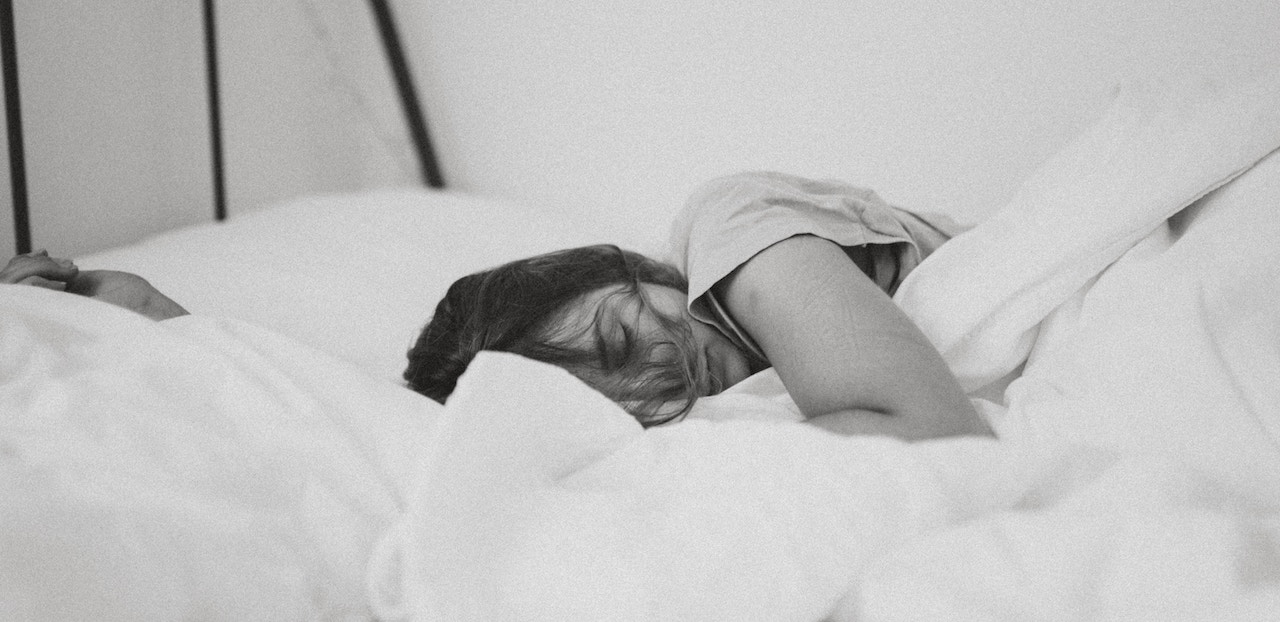
- Support Type
- Upholstery Layers
- One or two-sided mattresses
- Mattress detailing
- Base Types
- Dual Tensions for different weights
- What to expect for your budget
1. What Support Type Do You Need?
The first thing you need to understand when shopping for a new mattress is what ‘Support Type’ you need to ensure you’re supported properly as you sleep. This is the first thing most people get completely wrong. When they do they are left with an uncomfortable mattress that can cause aches and pains.
There are two main types of support with mattresses. Either Foam or Spring-based mattress support.
Foam Support: Usually comes in the form of a firmer ‘Reflex’ foam or equivalent. This solid foam layer provides support when you lie on it at the same rate across the body. Then layers of other foams or memory foam are layered on top of the support (making them one-sided and non-turnable – more on that further in the article)
Spring Support: Spring supports far more advanced than foam support, especially with pocket springs. This is because each individual spring can independently contour to your body meaning they can compress further for pressure points such as hips and shoulders. If your budget can stretch pocket springs far outperform any other type of mattress support.
Mattress support is based entirely on your bodyweight and nothing else.
Foam support is usually used in Memory foam mattresses
Pocket Springs are the most advanced and customisable of support units.
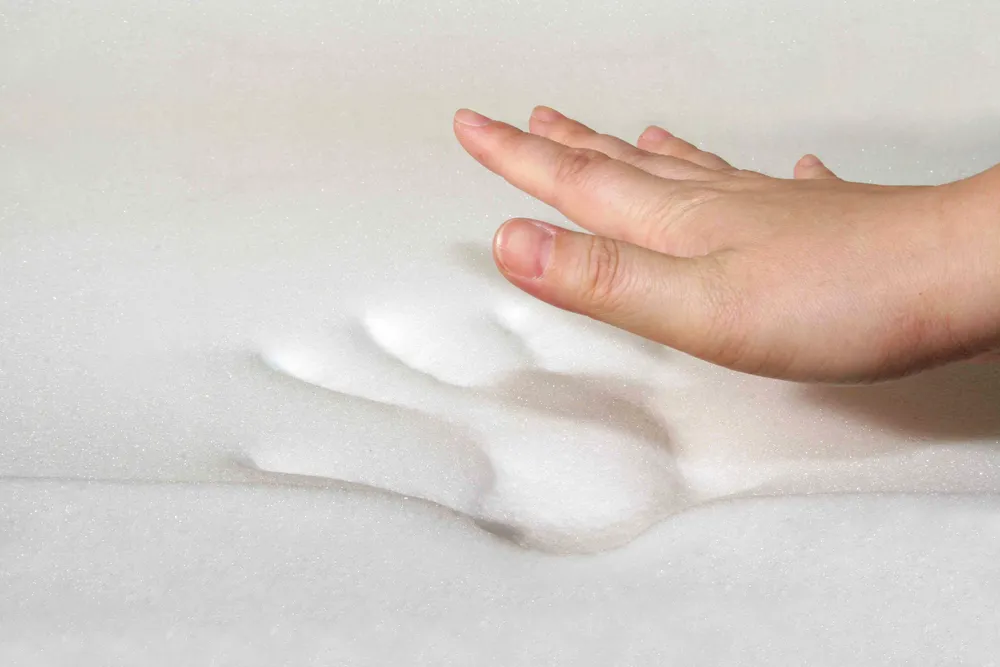
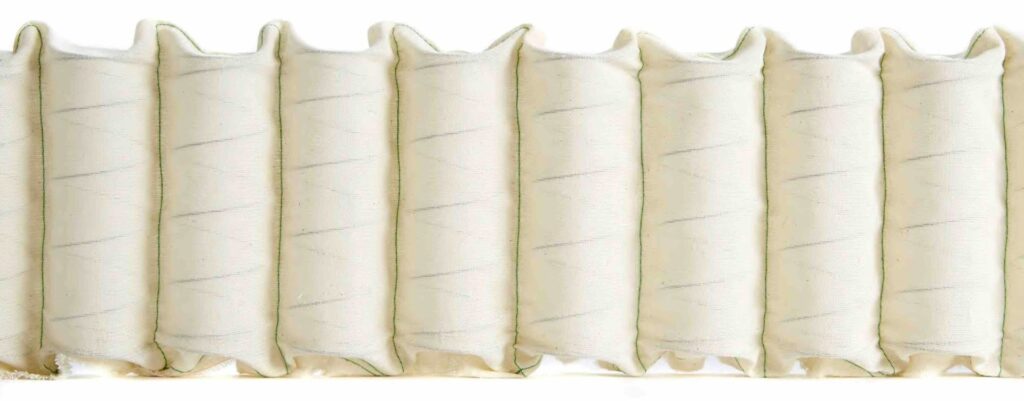
Most people mistake the ‘Soft, medium or Firm’ ratings for comfort in mattresses. However, 9 times out of 10 this relates to the spring or foam support. Using the hand table below work out which spring support type you need based on your bodyweight. For support foams, you need to know the exact density of the support foam to know if it is strong enough to hold you through the night comfortably. Ie if you weight up to 60kg you need a 30kg Reflex foam, over 16 stone and you need a 33kg + Reflex foam.
| Spring Tension | Wire diameter (Gauge) | Weight Range |
|---|---|---|
| Soft | 1.2mm | Bespoke Tension (Please Call) |
| Medium | 1.4mm | Upto 16 stone |
| Firm | 1.6mm | 16 stone plus |
| Extra Firm / Orthopaedic | 1.9mm | 20 stone plus |
2. Deciding on Mattress Upholstery Layers
Once you’ve picked your support type the next on the list are the upholstery layers you want in a mattress. In foams, these are usually synthetic and man-made such as Memory foam. With springs, however, there is a far wider choice in both man-made and natural fibres depending on your price point.
The more natural the fibre content the more breathable and long-lasting the mattress will be. This is because natural fibres are by their very nature more robust and consistent over the course of a mattresses lifetime (7-10 years for a quality bed). Of course, this depends on your budget and each fibre will bring a different comfort property to the mattress. Ie wool is very soft whereas Horsetail or Coir are far firmer, man-made polyester can be super soft or firmer (confusingly). So these change the comfort feel of the mattress and allow you to truly pick whether its a soft, medium or firm feel bed.
Man made fibres are cheaper but retain more heat and have a shorter lifespan
Natural fibres are far cooler and offer more long lasting progressive support

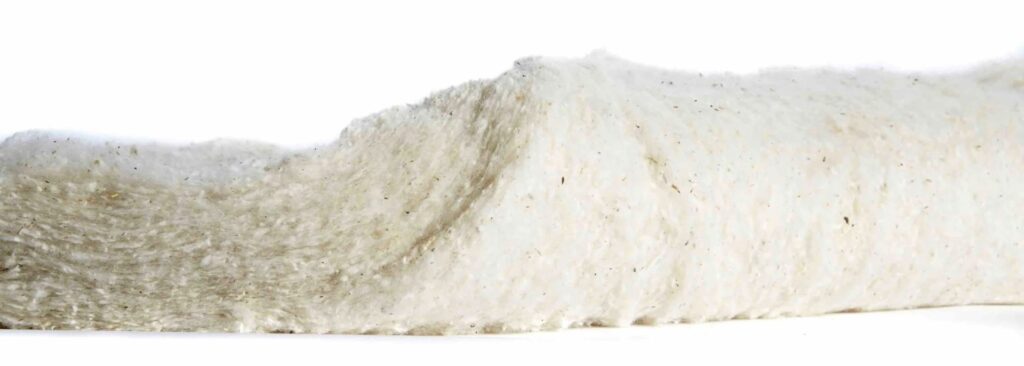
The most important detail after support is finding out the grams per square meter (GSM) of any upholstery within the mattress. This allows you to see how much of each fibre is contained within the mattress which allows you to compare mattresses.
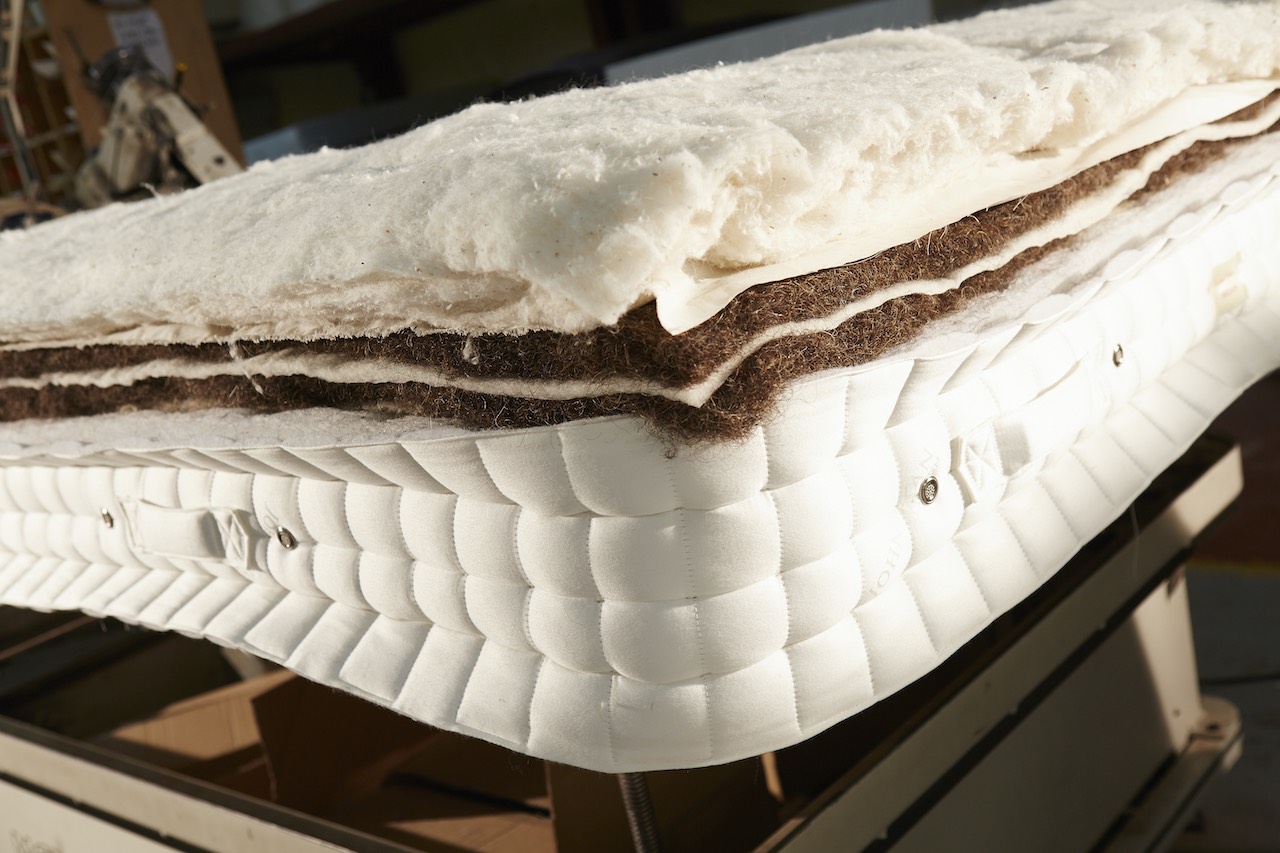
In the case of memory foams, you need to know the Density (or ILD), Depth and Hardness of the foams in the mattress again to work out how it will feel and compare.
- The higher the GSM of each fibre the more the mattress contains ie 1000gsm means 5x as much as 200gsm.
- The higher the density of foam the firmer it will feel
| Mattress Price | Min GSM Amount | Example |
|---|---|---|
| £500 | 1000gsm | Origins Comfort 1000 |
| £750 | 1200gsm | Origins Pocket 1500 |
| £1000 | 1500gsm-2000gsm | Artisan 1500 |
| £1250 | 2000gsm-3000gsm | Artisan Naturals |
| £1500 | 3000gsm-4000gsm | Artisan Bespoke 004 |
| £2000+ | 3500gsm-6000gsm | Artisan Sublime |
3. Should I choose a one or two-sided mattress?
There’s been a huge marketing trick played on the public about ‘No turn’ mattresses. The simple fact is; if you have the choice between two mattresses and one is a 2-sided model you should always pick that over the 1-sided version. This is because you can turn and use both sides of the mattress. There are only a few limited exceptions where a no turn mattress is acceptable. So unless the mattress is half the price of the next equivalent a two-sided mattress should be your preference.
Two-sided mattress benefits:
- You can use both sides of the mattress
- The lifespan of your bed is far longer
- You can even out natural settlement
- Your bed will stay pristine for longer
4. Mattress detailing matters
One of the most overlooked parts of mattress buying is mattress detailing. This refers to the construction method and skill used in creating your new mattress. It’s easy when looking at detailing to work out the quality and therefore expected cost of any mattress. Our quick guide below should help you work out what the expect.
- For entry-level & memory foam mattresses most of the layers will be glued together and then stitched into some form of stretch polyester cover so it can move with the foam.
- For a mid-range spring mattress it maybe machine-stitched and tape edged where the mattress has a piped edge. All fibre mattresses should have some form of tufting to help keep the layers together.
- For high-end mattresses, the upholstery will be layered (never glued), hand-tufted and lastly hand side stitched (along with a hand-tied pocket spring unit). Providing the most robust and seamless finish.
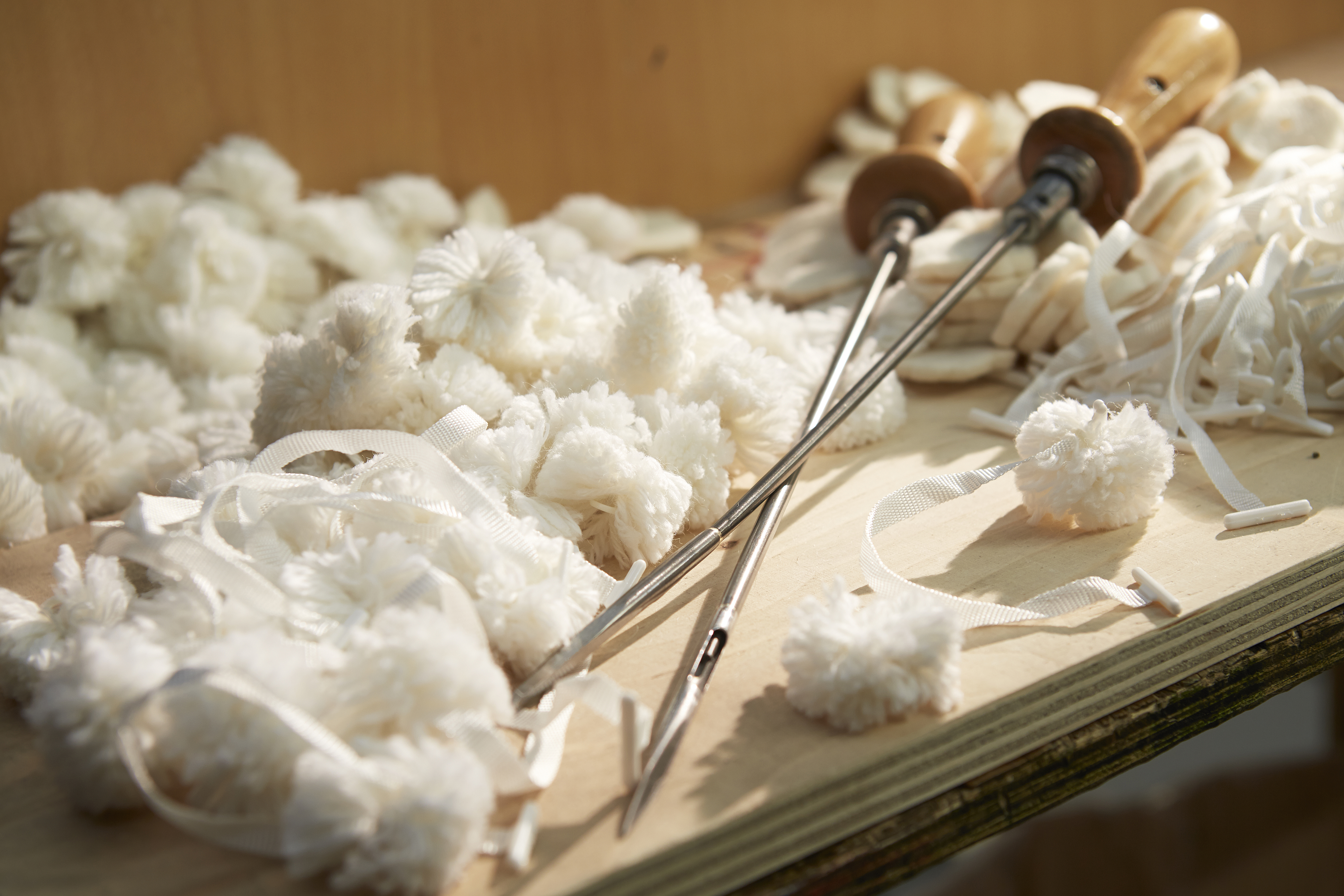
5. Bases for mattresses
The next question that will often see is whether or not your base is suitable for your mattress. We can clear this up really quickly in that nearly all bases are suitable for all types of mattresses. The main thing when choosing a new mattress for an existing base is that it’s in good condition.
Types of bases:
- Slatted bases (Entry-level)
- Bedframes (Mid-level)
- Divan Bases (Solid or Sprung -Mid to High end)
If its a slatted base you may want to board over the slats to provide a more consistent surface for your new mattress. Slats can also nip and pinch your mattress causing snags and tears so boarding over and adding a thin duvet will usually help avoid this. You can read more on boarding over slats here.
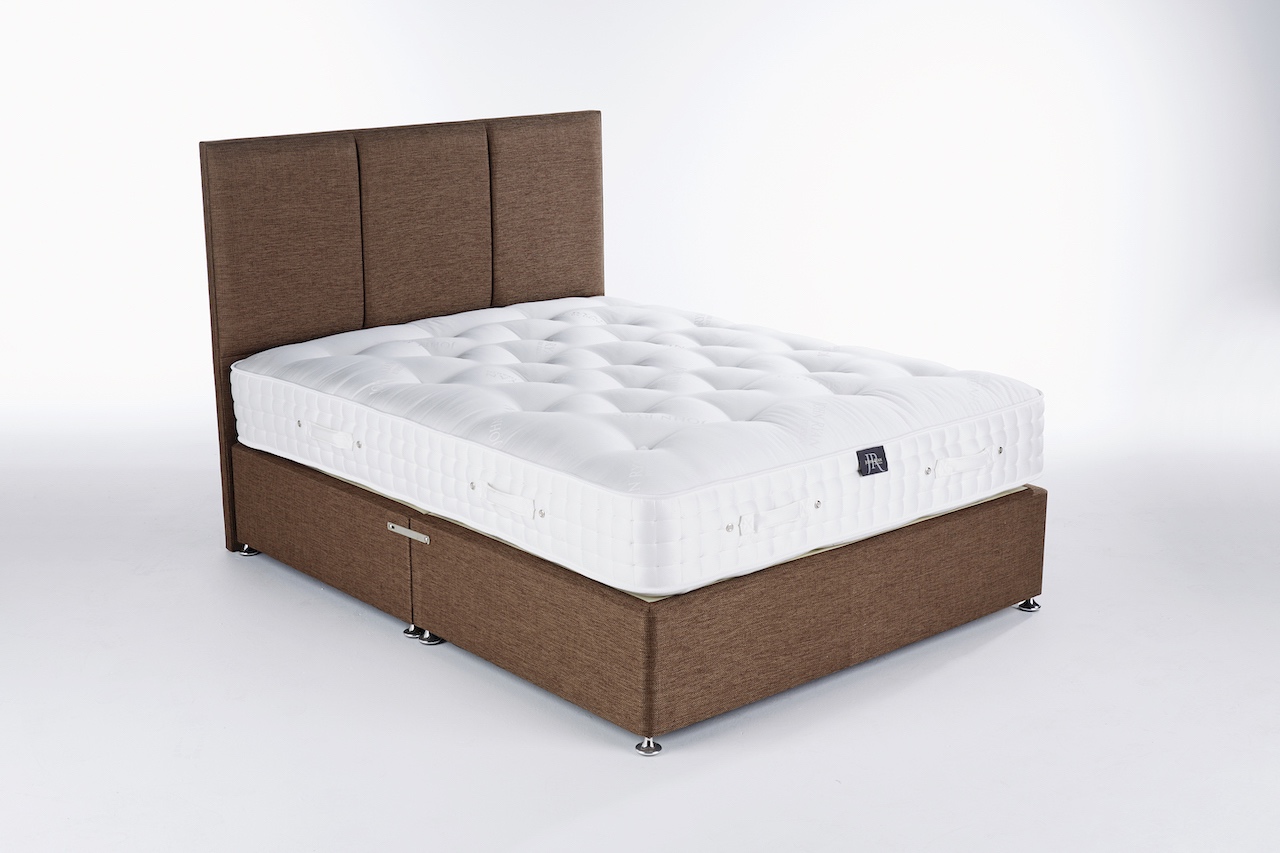
If you are told you need to buy a matching base with your new mattress then this is nothing more than a sales trick.
6. Do you need a Dual Tension Mattress?
Are you and your sleeping partner different weights? Do you often struggle to find a mattress that suits you both? Then it may be that a dual tension or zip & link mattress would be better for you. If you and your partner are significantly different weights then it may mean that ideally, you need different spring support tensions. In retailers usually, this means one of you ‘putting up with’ the others spring tension. However, did you know that you can have a split tension or zip & link which allows you both to get the correct support?
Dual tension mattresses: One-piece mattress that looks and acts like a regular mattress. One side is one spring tension, the other half a different tension. Limited to Soft/Medium or Medium Firm.
Zip & Link mattresses: Two-piece mattress that zips together. They allow any type of split tension including Soft/Firm. They zip together in the centre (you don’t feel the zips as they are countersunk) they also allow you to flip and turn the mattress in two parts making it easier.
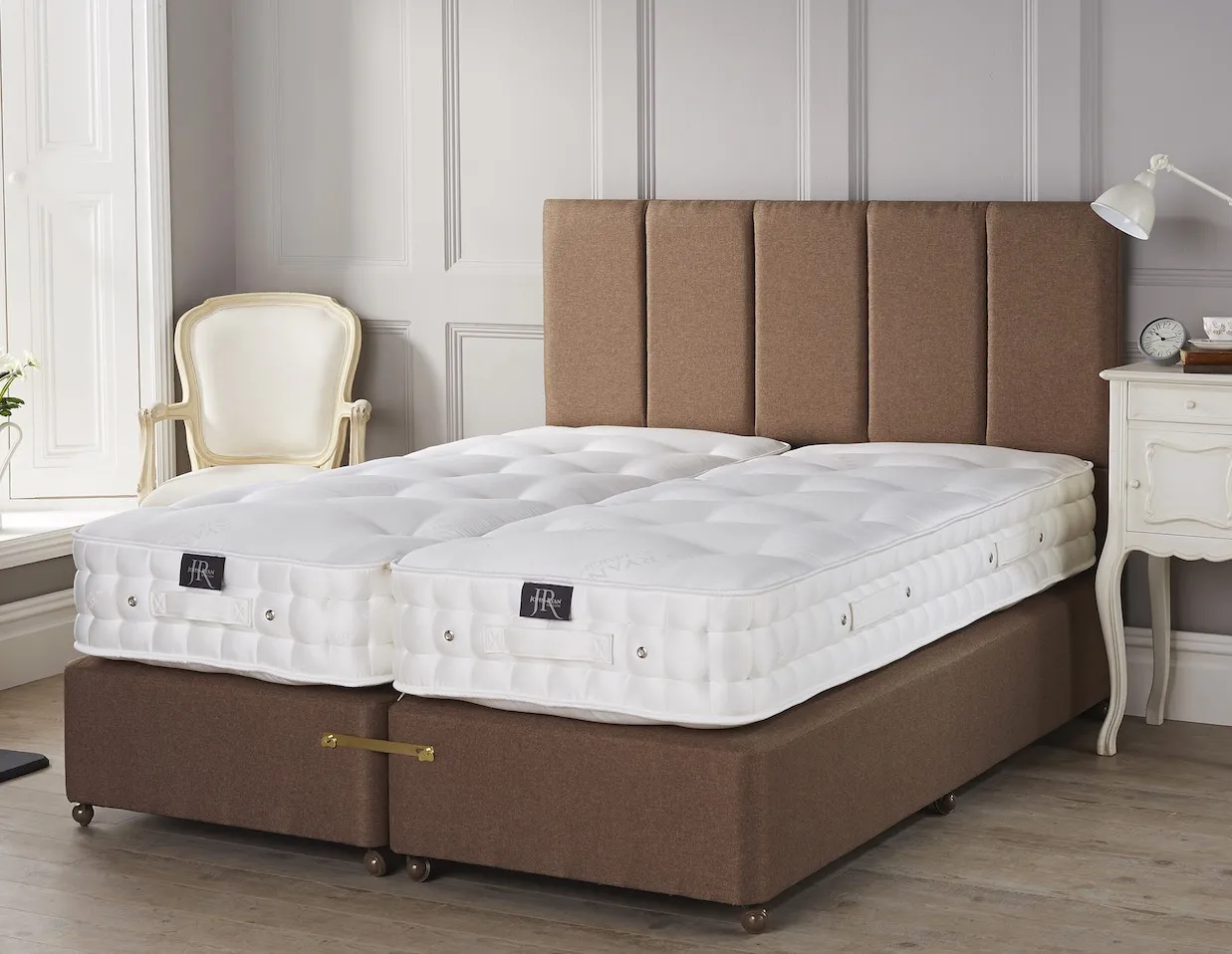
7. What to expect for your budget when buying a new mattress
The last step once you have understood the 6 key parts of choosing a new mattress is to know exactly what your budget can get you. We leave this to the last as it is important to really understand the first 6 steps to buying a mattress. If you start mattress shopping based just on price then you can often overlook the important details.
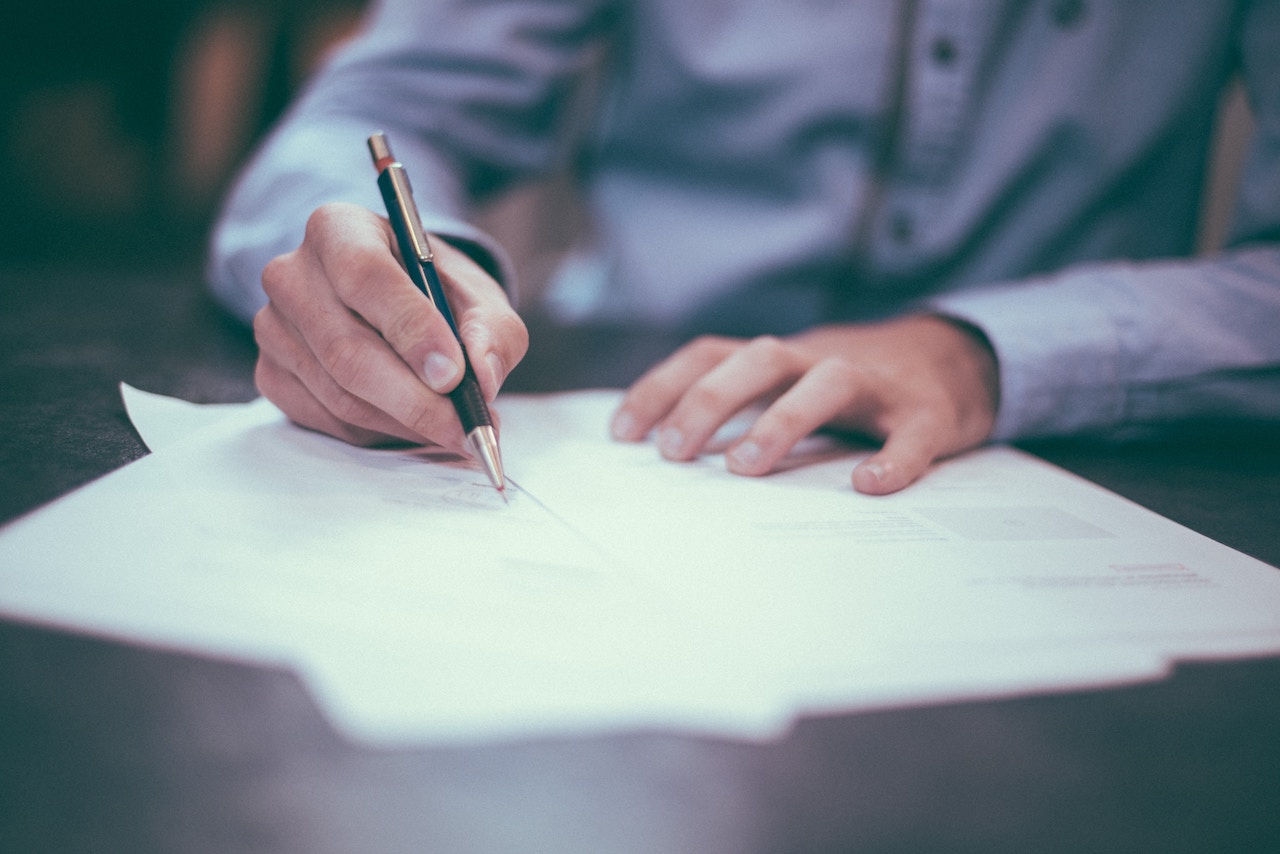
Now you understand what to look out for you can find your price point below and see clearly what you should expect for your money. It also allows you to see what additional benefits you can get at the next price point to.
| How much to spend on a double mattress? | What can I expect for my money? |
|---|---|
| Under £500 | Will not get you much at best a 13.5 gauge open coil/cage sprung with a thin polyester layer or a solid foam mattress. |
| £500 | Entry level spunbond springs with some form of synthetic upholstery. Usually one sided mattresses. |
| £750 | The beginnings of a basic pocket springs unit with 800 – 1000 count. No substantial amount of filling other than foams and synthetic materials. Two sided models. |
| £1000 | Should get you away from most low ranges and into the mid-range pocket spring models. |
| £1250 | Should get you a decent pocket sprung mattress with some Natural Fibre content. |
| £1500 | Should get you many manufacturers mid-range models with Natural Fibres |
| £1500-£2000 | Should get you a Hand Made primarily Natural Fibre Quality Mattress |
| £2000+ | You should expect 100% Natural Fibres and Traditional Hand Made Construction Method. |
| £5000+ | A Bespoke Hand Made Sleep System, High-end Spring Units & Featuring the Worlds Most Luxurious Natural Fibres. |
Summary
Now that you know what 7 facts you need to know when buying a new mattress you’re going to be in a much more informed position to choose a new bed. This will not only save you hours of trekking around the bed shops but will also enable you to avoid overpriced models that don’t meet your needs.
You’re now in a position to choose the right support type, upholstery for comfort and details to ensure a perfect nights sleep. You’ll also be far more aware that a one side mattress should be avoided where possible.
If you’re still struggling to decide which new mattress to buy then why not give our small friendly team a call on 0161 437 4419 or drop us a message below for more help?

Dreaming of the perfect nights sleep?

Ask us a question
There are over 6000 questions and answers submitted by you on all questions about mattresses and bed problems. Enter a keyword such as Vi Spring, John Lewis beds, bad back or Memory Foam and see if your question has already been answered.
If you can’t find an answer in knowledge hub, ask a new question. We aim to respond to all questions within one working day.
Newsletter
Enter your email to join our newsletter. We’ll send you occasional news and mattress expertise.
